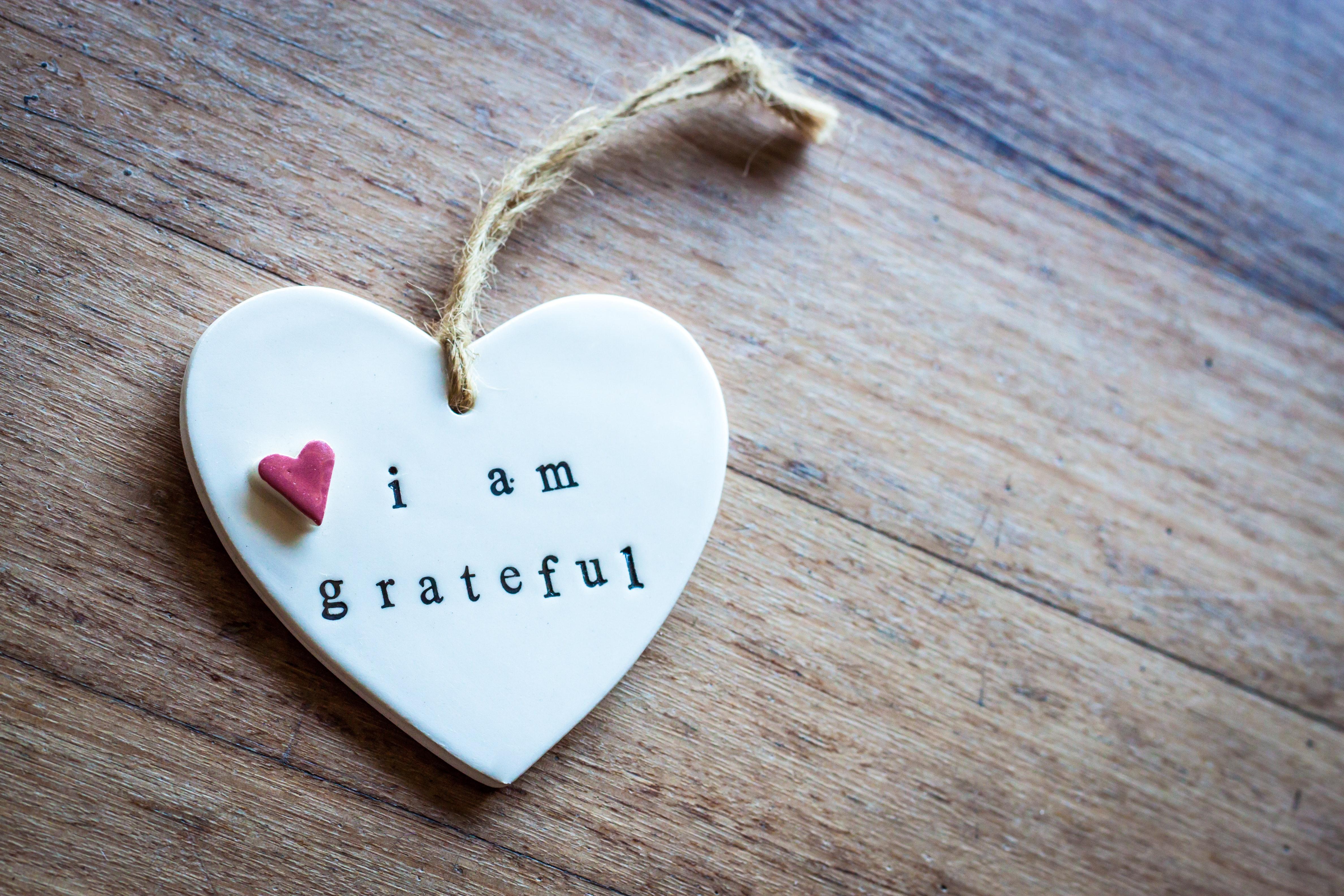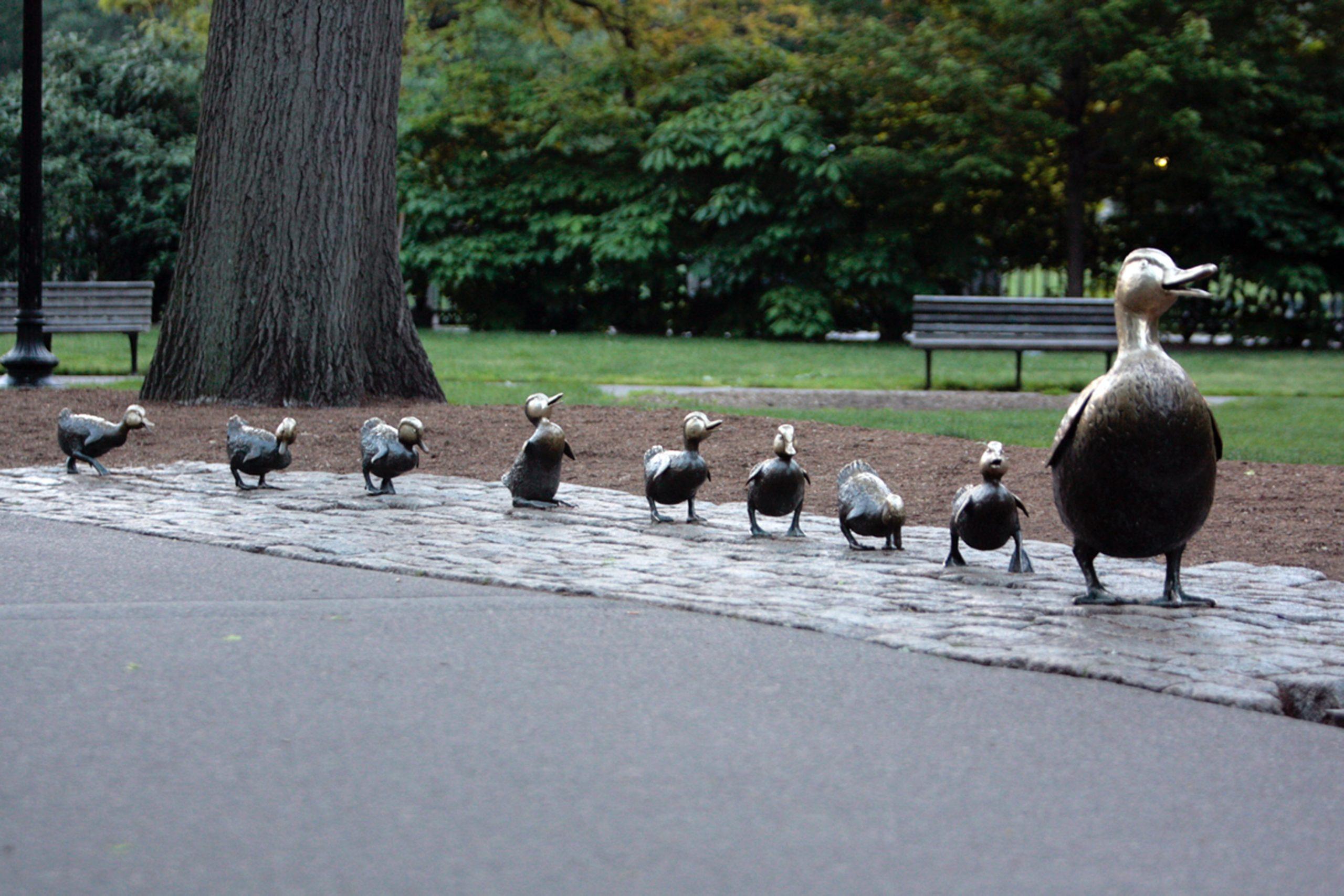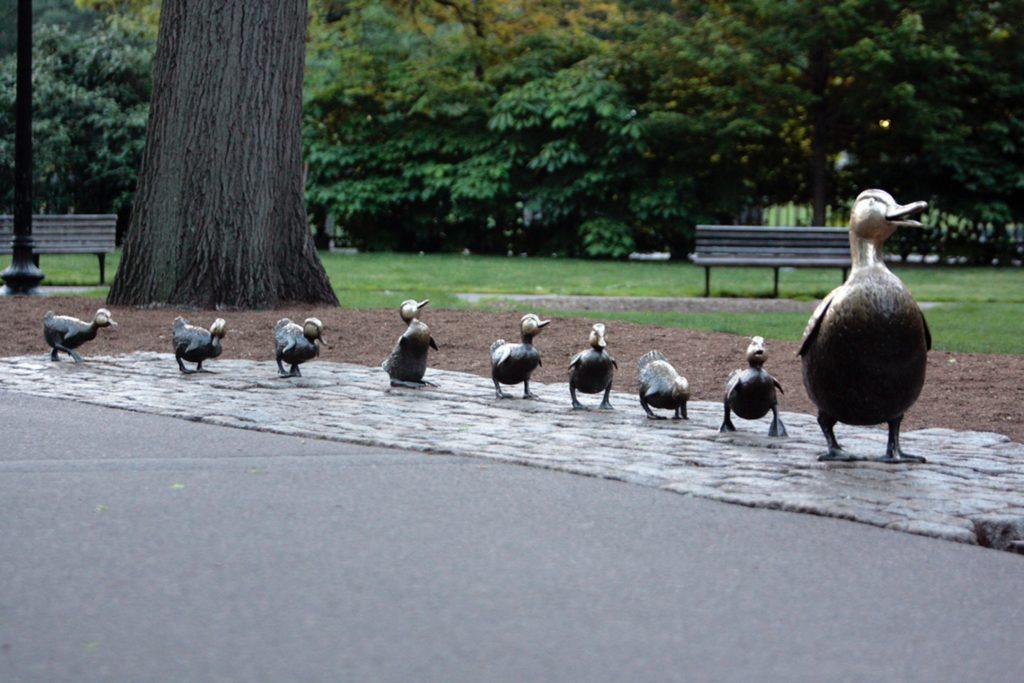Don’t Blow Your Post-Holiday Opportunity to Thank Your Nonprofit Supporters
 For good things once a year is not enough. Why do so many of us only eat turkey once a year? Or pumpkin pie? I’ve no idea! It’s surely not rational. These are special foods we value and take great delight in. Yet we get into a bad habit of thinking on auto pilot. If it’s not Thanksgiving, the idea of roasting a turkey or making cranberry sauce doesn’t even enter most or our heads. And egg nog, hot mulled cider, panettone and stollen are mostly Christmas things. And then there are the once-a-year only potato latkes. Why are we missing out on an opportunity for greater joy and satisfaction?
For good things once a year is not enough. Why do so many of us only eat turkey once a year? Or pumpkin pie? I’ve no idea! It’s surely not rational. These are special foods we value and take great delight in. Yet we get into a bad habit of thinking on auto pilot. If it’s not Thanksgiving, the idea of roasting a turkey or making cranberry sauce doesn’t even enter most or our heads. And egg nog, hot mulled cider, panettone and stollen are mostly Christmas things. And then there are the once-a-year only potato latkes. Why are we missing out on an opportunity for greater joy and satisfaction?
When things are good, they bear repeating.
And this is most certainly the case with expressing gratitude to your valued supporters!
What better time to thank supporters than right now, and all through the coming weeks, after a holiday season filled with gratitude?
“Joe, hello! I just called because, in thinking over the past few days about all for which I’m grateful, I realized I’m grateful for you and all you do to make our community a more caring place. I just wanted you to know how much your support is appreciated. Thanks so much, and may the new year bring many blessings.”








 In
In 
 You’ve got one month before fall fundraising season begins in earnest.
You’ve got one month before fall fundraising season begins in earnest.

